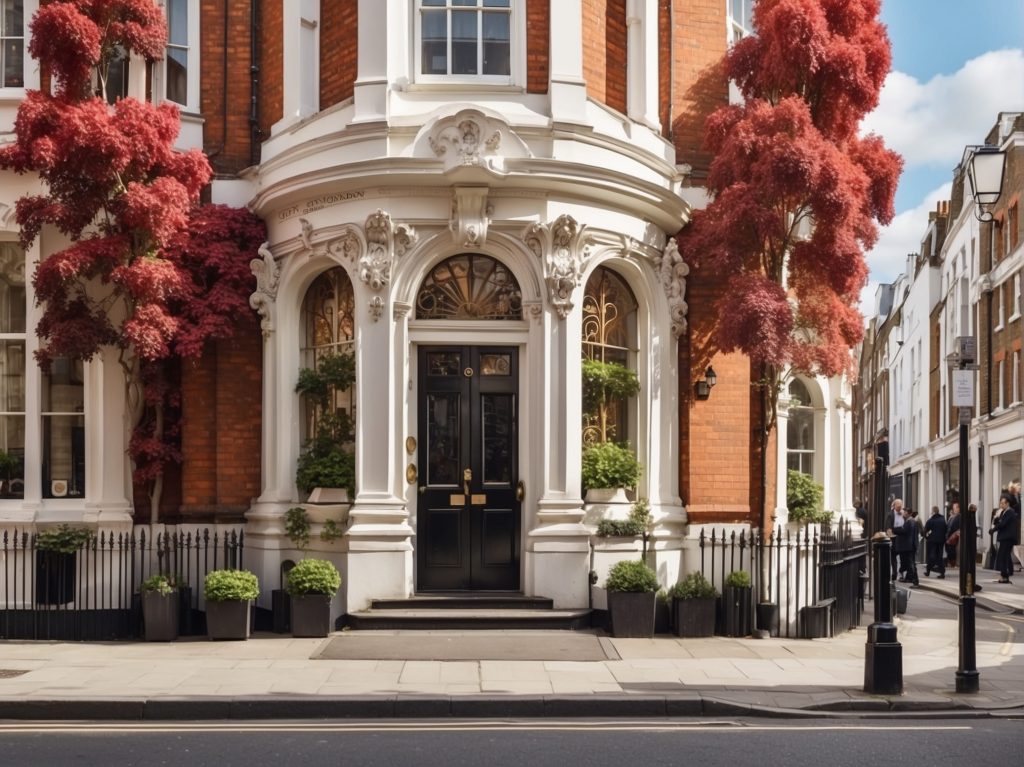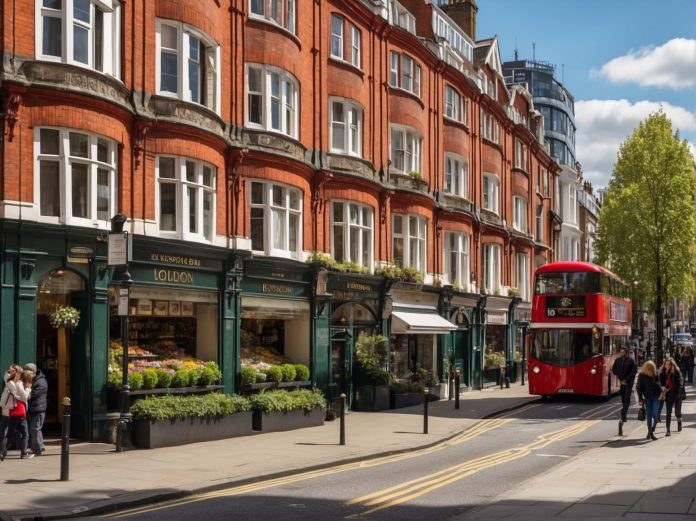New-build flats, especially in sought-after areas like Canary Wharf, often come with the promise of modern amenities and fewer maintenance headaches. But buying a flat in a new development isn’t as straightforward as spotting a “for sale” sign and making an offer. It’s a process that requires careful planning, especially if you’re looking to make a sound investment.
When you’re in the market for a new build flat, location should be at the forefront of your considerations. A prime place doesn’t just offer convenience. It also holds the key to your property’s future value. But don’t stop at the location, look into the development plans for the area. Are there upcoming projects that could boost property values? Or could a new commercial development make the area less appealing for residential living? Whether you’re looking at apartments, flats, or houses, the location dictates not just the price but also the long-term value of your investment. Imagine owning a new-build flat in Canary Wharf.
Location and Development: The Twin Pillars of Property Investment
While the location might steal the limelight, development is the unsung hero in the property investment game. Development doesn’t just refer to the construction of new homes or apartments; it’s about the broader changes happening in an area. Are there plans for new schools, shopping centres, or transport links? These factors can dramatically affect the value of properties in the area, making your investment more lucrative in the long run.

You can’t talk about one without the other. A prime location today may not hold its value if there’s a lack of development or, worse, negative development like the construction of a waste facility. On the flip side, an area with significant positive development can turn a mediocre location into a prime one. It’s this interplay that makes property investment such a fascinating field.
Price and Financing: The Numbers Game
Price is often the deal-breaker when it comes to property investments. But remember, the listing price is just the tip of the iceberg. There are other costs to consider — legal fees, stamp duty, and possibly even service charges. Make sure you’ve got a comprehensive view of your financial commitment before you take the plunge. And let’s not forget about financing. Unless you’re paying in cash, you’ll need a mortgage. Shop around for the best rates and terms to ensure your investment is as favourable as possible.
Before you sign on the dotted line, make sure you’ve done your due diligence. Check the property’s legal paperwork, and don’t hesitate to seek professional advice. The last thing you want is to buy a property only to discover legal issues down the line. Also, consider hiring a surveyor to check the flat’s condition. New doesn’t always mean problem-free.
While the price of the property is a significant factor, it shouldn’t be the only one. When you’re looking at new development, consider the total cost of ownership. This includes not just the listing price but also maintenance, taxes, and potential homeowner association fees. These costs can add up, affecting the profitability of your investment.

Final Thoughts: The Balancing Act of Buying a New Build Flat
Buying a flat in a new building is a balancing act. You’re juggling location, development prospects, price, and a myriad of other factors. But with careful planning and due diligence, you can tilt the scales in your favour. Remember, the goal is not just to buy a new build flat but to make a sound investment that stands the test of time.
When it comes to property investments, whether it’s homes for sale or new build flats, the twin pillars of location and development should guide your decision-making process. By considering both, you’re not just buying a property; you’re making a calculated investment. And in the ever-changing landscape of real estate, making informed choices is not just advisable; it’s essential.









